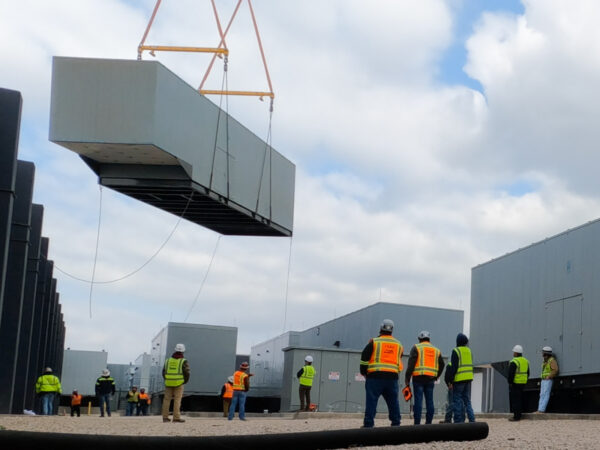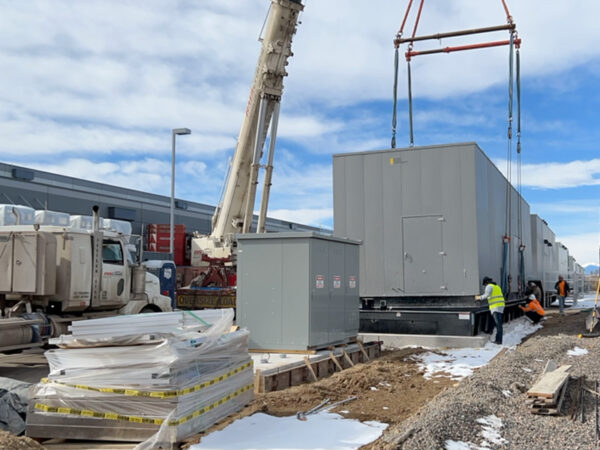Water Treatment & Wastewater Facilities
The Role of Backup Power in Water Treatment
Most cities in the United States take clean water for granted, but even a short disruption in water treatment power could expose people to dangerous microbes, chemicals, and metals. Without reliable power for water treatment pumps, residents in your area could get sick from exposure to numerous toxic substances including arsenic, pesticides, E. coli and more.
Municipal water treatment facilities generally remove these and other problems from water. However, issues arise when power outages prevent essential equipment from doing its job.
If a heavy storm causes the outage, your area faces even more risks as untreated water mixes with treated water. Suddenly, you don’t have a supply of clean water for people when they need it most.
Backup power for water treatment and wastewater facilities helps eliminate these issues by giving you an alternative to electricity from the grid. Keep reading to learn more about the importance of backup power for water treatment and wastewater facilities, the types of backup power solutions to consider, and how you can incorporate solutions into a backup power plan.
Power Generation Solutions
Preparing for the worst is essential for water treatment and wastewater facilities. Power outages can happen for a variety of reasons, including weather-related events, natural disasters, general blackouts, and equipment failures on aging power grids.
We rent, lease, and sell only the highest quality generators from top manufacturers, supported by uninterruptible power supply (UPS) systems, integrated automatic transfer switches (ATS), and electrical switchgear.

Why Backup Power Is Essential
Backup power for water treatment and wastewater facilities is essential for protecting the health of people and equipment.
The typical water treatment plant performs multiple tasks, such as collecting water from local sources, using chemicals to clean water, and filtering it to remove contaminants.
Even a brief interruption in power could interfere with these essential services. Without power for water pumps, people and businesses in the service area will lose access to a necessary resource. Without power for wastewater pumps, sewage could back up and increase health risks.
Potable water is the most important resource for humans. The average person can only go about three days without water before becoming seriously dehydrated and potentially dying. Backup power that supports water treatment facilities helps ensure everyone has access to clean water. Anything short of consistent access introduces serious problems for individuals, households, businesses, and governments.
Types of Backup Power Solutions
Before developing a plan to address your energy needs, you must know the types of backup power solutions suitable for water and wastewater treatment facilities.
If you have questions about the following backup power solutions, please reach out to Global Power for assistance. One of our team members can discuss how the option might fit your unique needs.
Uninterruptible Power Supply (UPS)
Uninterruptible power supply systems (UPS) replace lost power immediately, allowing your equipment to continue operating during grid disruptions.
Online UPS systems are the most effective option because they remain connected to your equipment. Electricity flows from the grid to your UPS and passes to your facility’s critical assets. The UPS system draws a small amount of that power to keep its battery charged. That way, the battery’s power can instantly replace electricity from a lost connection.
Other types of UPS systems include offline and line-interactive. Offline and line-interactive UPS designs can provide battery backup power for water and wastewater facilities, but they might take about 25 milliseconds to replace the lost grid connection. In some cases, this short-term interruption can be tolerated. However, it’s not an optimal strategy for critical assets.
Learn more: Factors to Consider When Selecting a UPS Backup System
Generators
UPS systems are essential for preventing disruptions in your water facility, but they can only store limited amounts of electricity. Consider investing in generators if you need enough wastewater treatment power to operate for days.
Generators take some time to start, so your UPS system will fill the gap easily while you prepare them.
When choosing generators, consider whether you want models that connect directly to natural gas lines or mobile models that require manual fueling. Connecting to a natural gas line helps ensure ongoing power for wastewater pumps and other equipment. It might also simplify your backup power plan because you know you can turn on your generators quickly to get the required amount of electricity.
Mobile backup generators that run on diesel fuel also have advantages, though. For instance, you can store them in a central location and move them to facilities that need backup power. You could also use them to generate electricity while building or upgrading new water treatment facilities.
Learn more: Choosing the Right Generator for Your Business: A Comprehensive Guide
Renewable Energy
Many renewable energy systems don’t use the grid to create water treatment power. Instead, you have a stand-alone system that powers critical equipment.
The option—or options—you choose will likely depend on your location and energy requirements. Solar panels work great in places with abundant sun but are less reliable in areas with frequent cloud coverage.
Similarly, you might want to incorporate wind power into your renewable energy strategy if your facility is located near a shore or a large, flat field. Wind almost certainly won’t suit a facility surrounded by buildings that would block the gusts needed to spin turbines. It’s important to recognize that water treatment power can be created using a combination of renewable energy sources, batteries, and fossil fuels.
Adding more components to a microgrid increases the reliability of water treatment power. On sunny days, your microgrid can rely on power from solar panels. When clouds roll in, your wind turbines can generate electricity. When renewable energy options don’t work, you can turn to natural gas generators and the energy stored in your BESS.
Renewable energy hasn’t completely replaced traditional sources, but it complements fossil fuels to improve reliability, decrease emissions, and increase self-sufficiency.
Learn more: Microgrids Offer Long-Term Power Resiliency

Uninterruptible Power Supply (UPS) System

Standby Diesel Generator
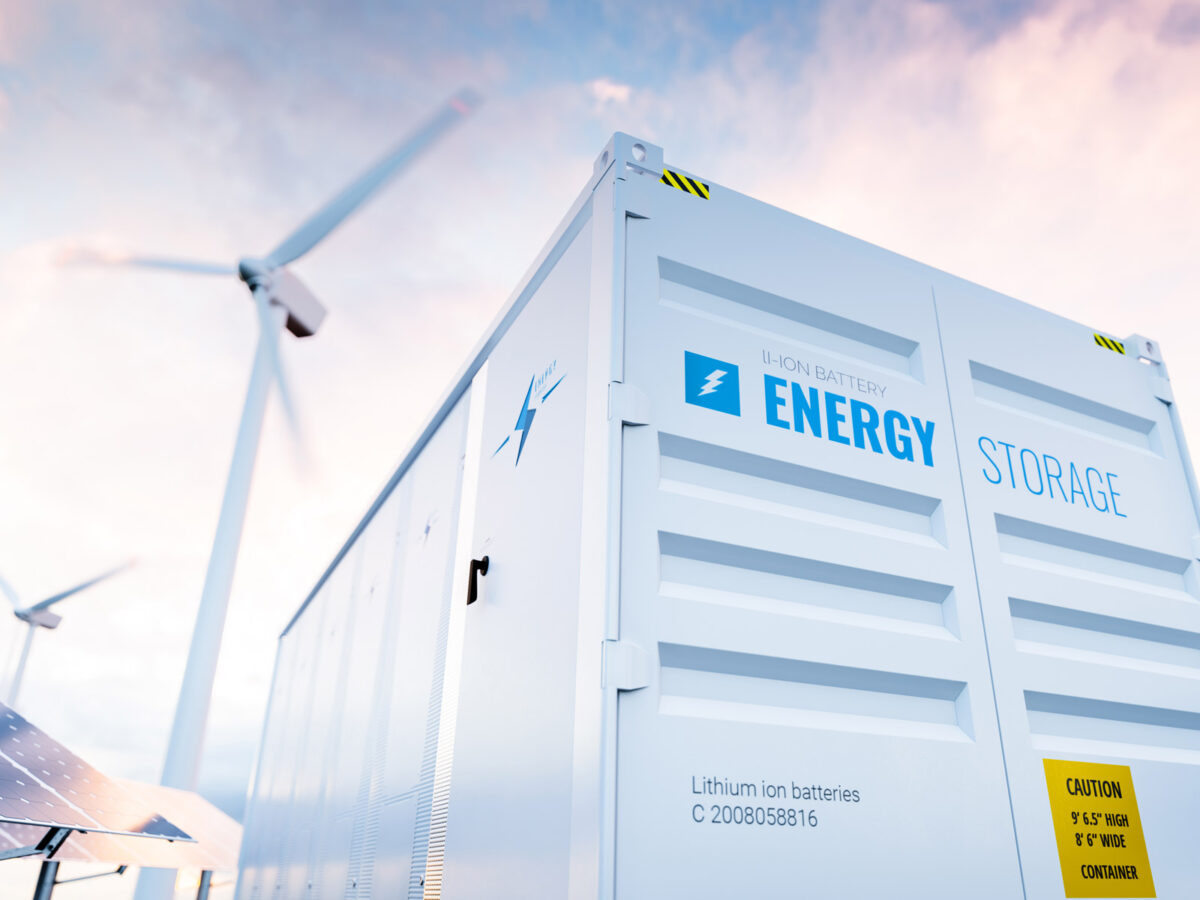
Battery Energy Storage (BESS) with Solar Panels and Wind Turbines
Currently, the most popular forms of renewable energy in the U.S. include:
- Wind (150.5 GW in 2023)
- Solar (139.2 GW in 2023)
- Hydropower (103.4 GW in 2023)
Recently, microgrids emerged as localized energy systems that operate independently of the grid. A microgrid could include energy sources like:
- Solar panels
- Hydropower
- Wind turbines
- Natural gas generators
- Battery energy storage systems (BESS)
Creating a Backup Power Plan
Backup power plans must consider a broad range of factors, such as the amount of power needed to operate essential equipment, potential points of failure in the existing system and the backup power system, and which backup power solutions fit the facility’s current and future needs.
You must also develop a plan to maintain backup power assets and train employees to use them properly. Otherwise, you could find that your power assets fail at the moment you need them most.
Keep in mind that power plans can change over time as facilities adopt new water processing technologies or expand to serve larger populations. Organizations often choose modular backup power systems, which allow them to increase or decrease the amount of electricity they store for emergency scenarios.
Clearly, this is a challenging process that requires insight from experienced professionals. Global Power can provide an in-house team of experienced power system engineers to review your facility, its energy needs, local regulations, and other variables to develop a backup power system designed for your water treatment facility.
Engineering solutions include more than planning. You also benefit from custom-fabricated generator enclosures, emissions control systems, mobile power containers, sub base fuel tanks, transfer switches, and more.
Global Power also provides preventative maintenance and remote monitoring to ensure your backup power system works as planned.
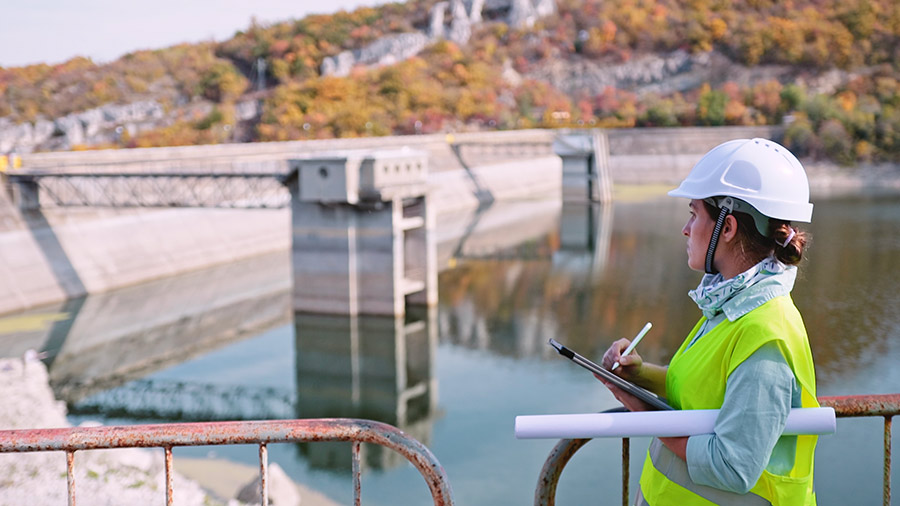
Some of the critical systems you might need to support include:
- Water pumps
- Filtration equipment
- Disinfection systems
- Chemical feed systems
- Wastewater treatment
- Lighting
- Automation and monitoring systems
Water Treatment Power Case Study
Global Power works with utility providers to create custom power solutions that match their unique needs. Since Global Power has an extensive stock of backup power equipment, you can often get customized solutions much sooner than when using a different company. For example, the San Miguelito Mutual Water Company (SMWWC) needed to replace its backup power system, which had been installed decades ago. With a heavy storm season approaching, most companies said they could fulfill SMWWC’s request in about 50 weeks. Global Power delivered two MTU 200 kW diesel generators within three months.
Learn more: San Miguelito Case Study
Custom Backup Power for Water and Wastewater Facilities
People throughout North America rely on private and municipal facilities to process drinking water and wastewater. When those facilities lose power, entire cities can lose access to safe water. That’s why choosing effective backup power for water and wastewater facilities is critical.
Reliable backup power equipment will require a noteworthy investment, but Global Power can help you control those costs. Our inventory includes new and used critical power equipment. You can also save money by renting or leasing the equipment your facility needs.
If you decide to upgrade in the future, Global Power provides decommissioning services to disconnect your backup power system safely. Our buyback program can also help offset the cost of your new equipment.
Global Power works with numerous utility providers to ensure they can serve populations. Connect with a representative today to start a conversation about choosing a backup power system that works for your facility.

High Pressure Water Pump at Water Treatment Facility
LEARN WHAT OUR MANY SATISFIED CUSTOMERS HAVE TO SAY ABOUT US
“Global Power Supply provided fast and excellent service.”
“Incredibly fast deployment. You don’t see that in this market. Everything is hurry up and wait. I’ve been in this business for quite some time and that’s the fastest turnaround I’ve seen.”
“GPS's expertise and commitment to detail were vital to the success of this project.”
Get Started With a Free Quote
With our extensive inventory of power equipment, in-house expertise, and commitment to customer satisfaction, Global Power Supply is ready to serve as your partner in maintaining reliable facility power. Take the first step today by requesting a free quote. Our power professionals will review your facility’s needs and propose a solution that fits your specifications and budget. We’re ready to put our experience to work for you and deliver the peace of mind you need.
Contact us today at 1-800-706-0906 to discuss your facility power needs or request a quote online.
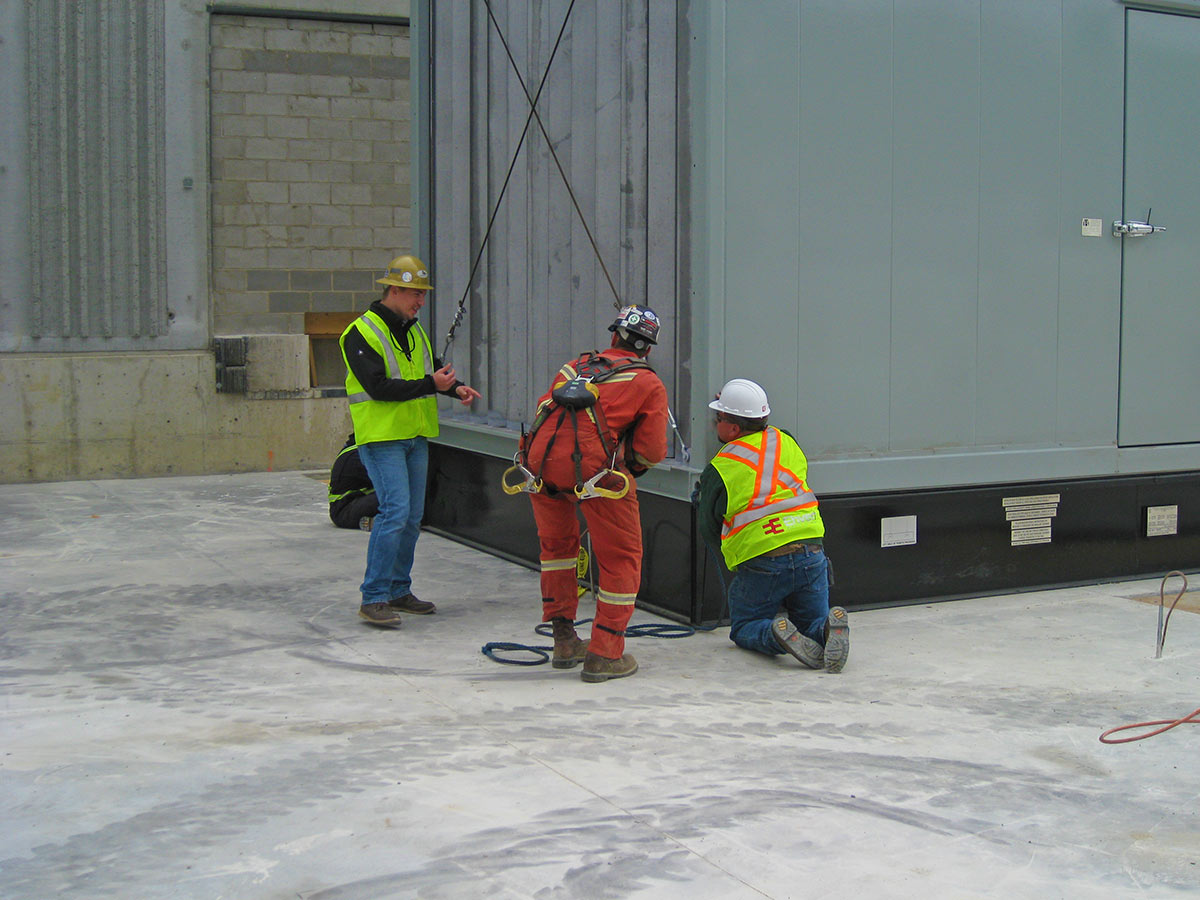
Related News Posts
DOCUMENTS
Inventory
Check out our high-quality inventory of new and used backup power equipment, everything businesses need for dependable backup power.

End-to-End Service
Complete backup power solutions all under one roof! Including equipment, design, installation, testing, and ongoing monitoring and maintenance.

Request a Quote
A great way to get started is to request a quote! Our professional account managers will respond quickly to discuss your project needs.
